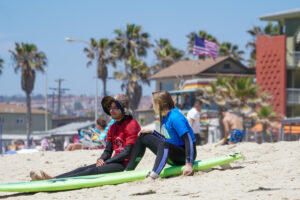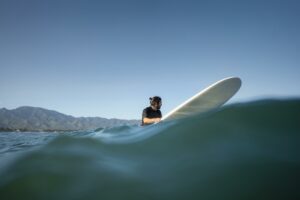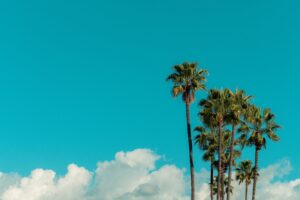The History of Surfing in Hawaii - How it All Started
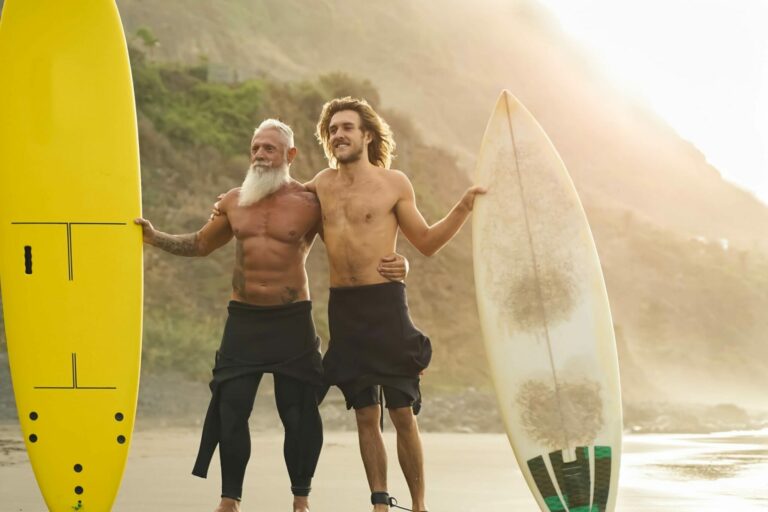
Are you interested in the history of surfing in Hawaii? Do you ever wonder how this popular water sport became almost synonymous with this beautiful island in the Pacific? You don’t need to search far and wide for answers! In this blog, you will learn all about the history of surfing in Hawaii, and how the sport has shaped its current culture.
Origins of Surfing in Hawaii
Hawaiians are credited for inventing “he’e nalu,” more commonly known as surfing. He’e nalu directly translates to wave sliding in English. Surfing originated in the Polynesian region, but most of the history surrounding it has been documented in Hawaii.
The first recorded history of surfing was found in cave paintings from Polynesia. The centuries-old illustrations on the walls of the caves show people riding on what seems to be a representation of waves indicating this location as the birthplace of surfing. In the course of maritime travel and seafaring, the Polynesians brought surfing to the coast of Hawaii.
Surfing: The Sport of Royals
Surfing was more than just a sport or pastime for Hawaiians in their early history. Surfing had huge societal implications and a connection to people’s spirituality. It made surfing an integral part of Hawaii’s culture.
A Hawaiian’s social standing affects how they can surf. Certain limitations existed for the common people — or makaainana — while surfing privileges were extended to the chiefs and royalty (ali’i). The difference in surfing privilege even extends to the type of boards they could use depending on their social standing. The better boards were usually reserved for Hawaiians with higher social standing. In contrast, ordinary boards were left for the common people to use.
The early surfboards were mostly made of ulu, koa, and wiki-wiki wood. “Olo” surfboards were reserved for the ali’i. This type of board is usually long and narrow, perfect for surfing on gently sloping waves. The “Alaia” boards used by the makaainana are thin and short. They are very effective for surfing on waves that are faster to break.
When surfing, the ali’i enjoyed the privilege of choosing which wave to ride. Typically, the simpler waves — considered the best waves — were saved for the royalty and chiefs to ride. It was considered a violation if a makaainana rode this wave, especially if an ali’i was catching it, whether it was intentional or not. This violation can warrant a severe penalty, including death, during that time.
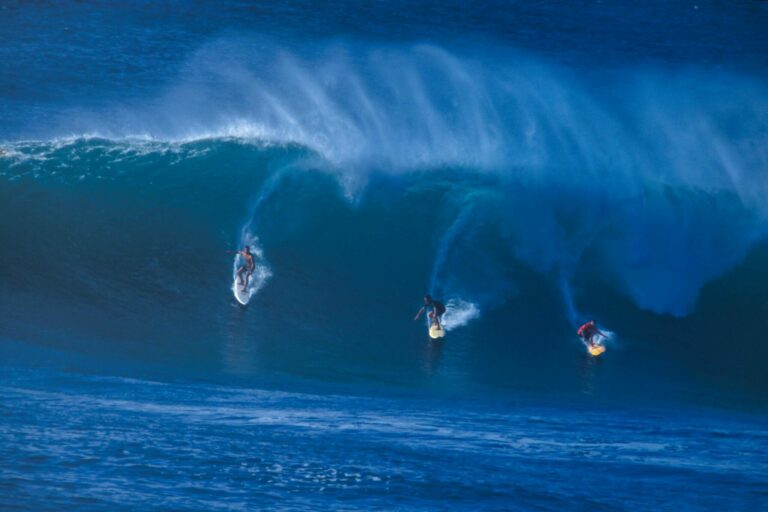
Jorge Luis Perez / Flickr
The Arrival of Captain James Cook and Colonization
We don’t really think about it. We hit our foot against a rock or scrape a knee. That’s nothing right? When we paddle out, we immerse ourselves in water filled with all sorts of wild bacteria–some of it known to consume flesh. The sand is no better than the water itself. A marginally sized cut requires a hospital visit. A big cut means an immediate trip to the emergency room. Anything less could result in extreme infection, and at the very worst loss of limb.
The first written document about surfing in Hawaii was found in the diary of Capt. James Cook was the first European to ever set foot on the island of Hawaii. His observations of surfing were documented in great detail. He noted the general demeanor of Hawaiians and their passion for surfing.
Early historians also refer to Cook’s discovery of the islands as the catalyst for the increased popularity and interest in surfing and other recreational activities, such as canoe riding. However, the arrival of Cook also signaled the dawn of a new way of life for the natives, especially as colonization followed after Captain Cook’s death.
Colonization changed the lives of native Hawaiians. Their freedom was taken away, and their overall quality of life was diminished. Surfing — which was an integral part of Hawaiian culture — was deemed vulgar by the invaders. Hawaiians became slaves to the colonizers and were forced to adapt to their religion and way of life. The natives were compelled to work on plantations and attend church.
The years of colonization took their toll on the culture and identity of the Hawaiians. Surfing lost some of its influence, though it never faded completely. Finally, when Duke Kahanamoku became an Olympic swimmer in the early 1900s, the tides of change came — this time for the good of Hawaiian culture and the island.
The World Gets to Know Surfing
Duke Kahanamoku — more popular as “The Duke” — brought Hawaiian culture and surfing to the global spotlight. The Duke was a talented swimmer and one of the best surfers in Hawaii at that time. In 1912, Kahanamoku competed in and won the 100-meter freestyle competition at the Stockholm Olympics. His success enabled him to travel to new places and introduce surfing and Hawaiian culture to the world.
The Duke directly influenced the rise in interest in surfing from all over the world. Today, surfing has grown even more popular, evolving into a fun pastime and competitive sport.
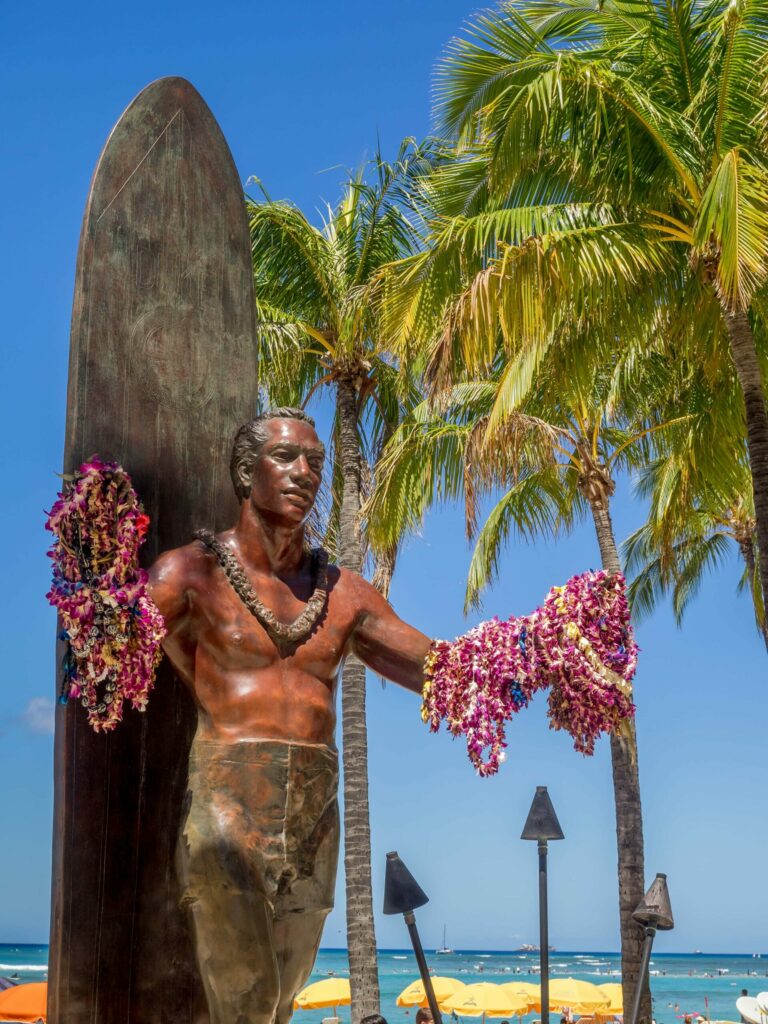
Conclusion
In general, it can be said that surfing is not just a pastime or sport for Hawaiians. It is tied to their culture. This popular water sport is a product of the perseverance of the Hawaiian people to preserve their history.
By reading this blog, you now have considerable knowledge of the surfing history in Hawaii. It’s time to get to the water and ride the waves! Just make sure you know at least the basics of surfing. If you have not surfed before and want to learn the fundamentals of surfing, contact us here at Pacific Surf School today! We offer surf lessons and surf camps for people of all ages. Our experienced surfing instructors will help you learn how to surf in no time!
FAQs
Now that you know the history of surfing in Hawaii, you may have other questions about surfing. Check out these popular FAQs to further enhance your surfing knowledge.
Hawaii is generally known for surfing because the first recorded history of the sport was found here. Duke Kahanamoku — who popularized and made surfing global — is also of Hawaiian descent. Additionally, Hawaii has beaches with waves that are ideal for surfing.
Native Hawaiians connected surfing to their spirituality. In making surfboards, they would make offerings to the gods when they found a tree they wanted to use for the wood of their surfboards. Before surfing, they also prayed to the gods for good weather and gentle waves.
Identifying the name of the first surfer in Hawaii may be challenging. We can certainly say that the Polynesians brought surfing to Hawaii.

